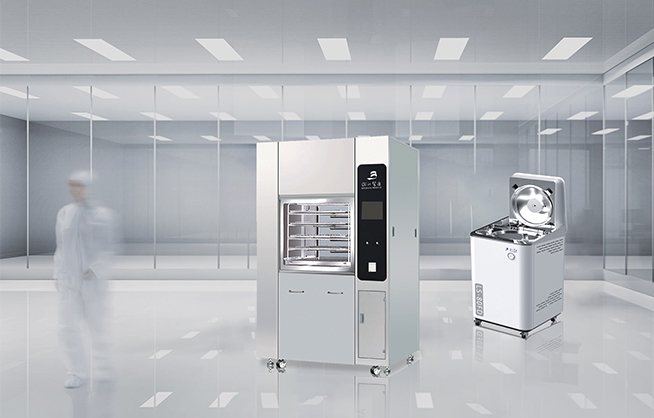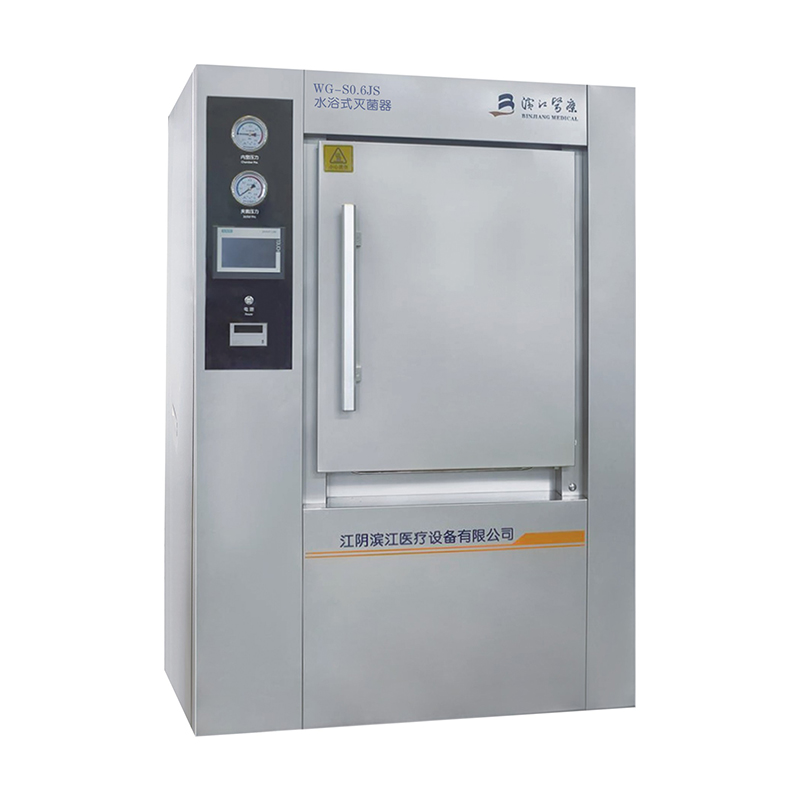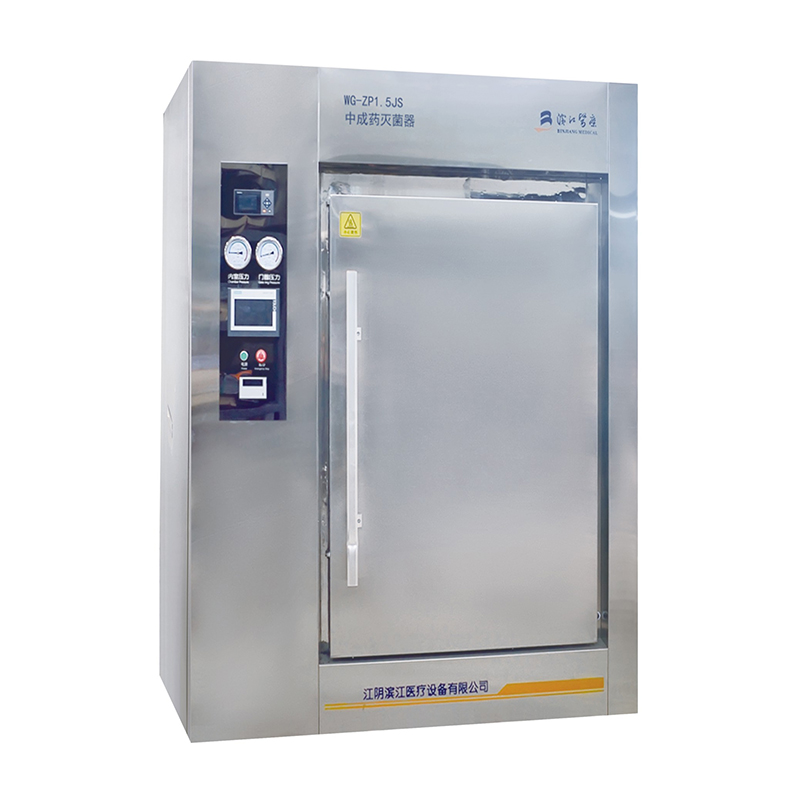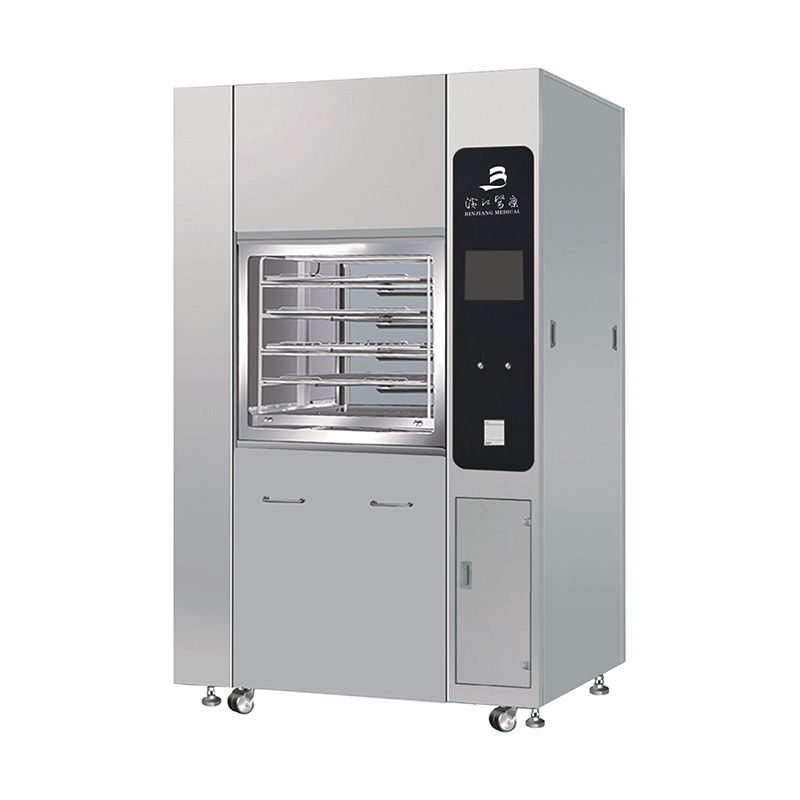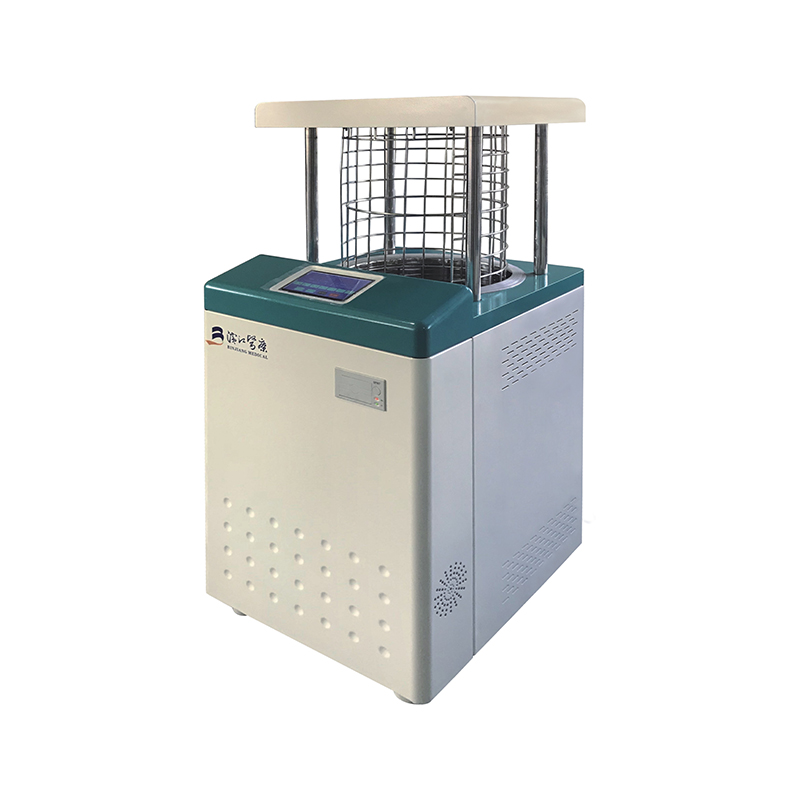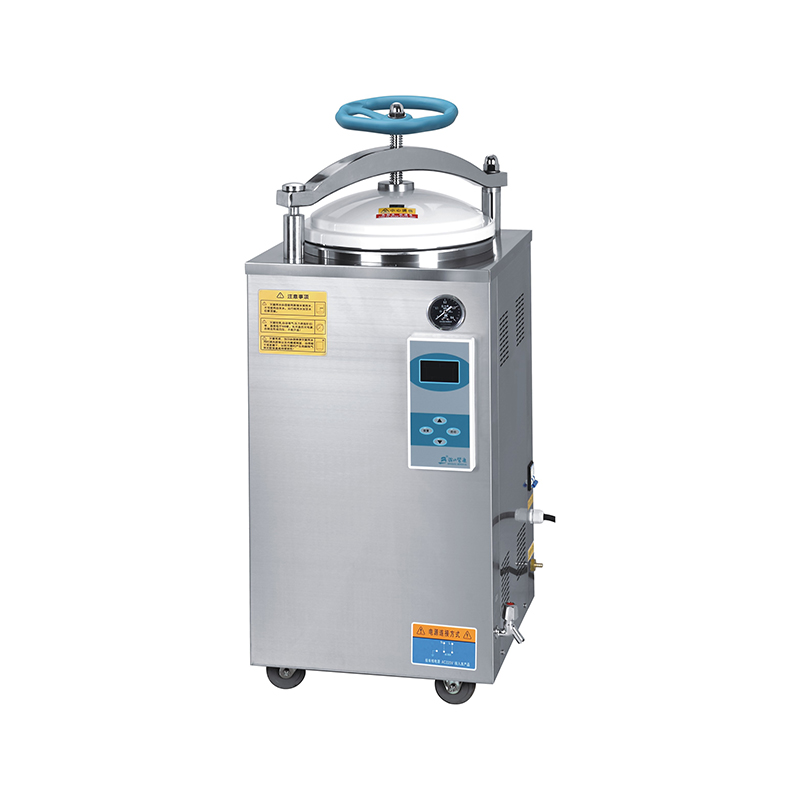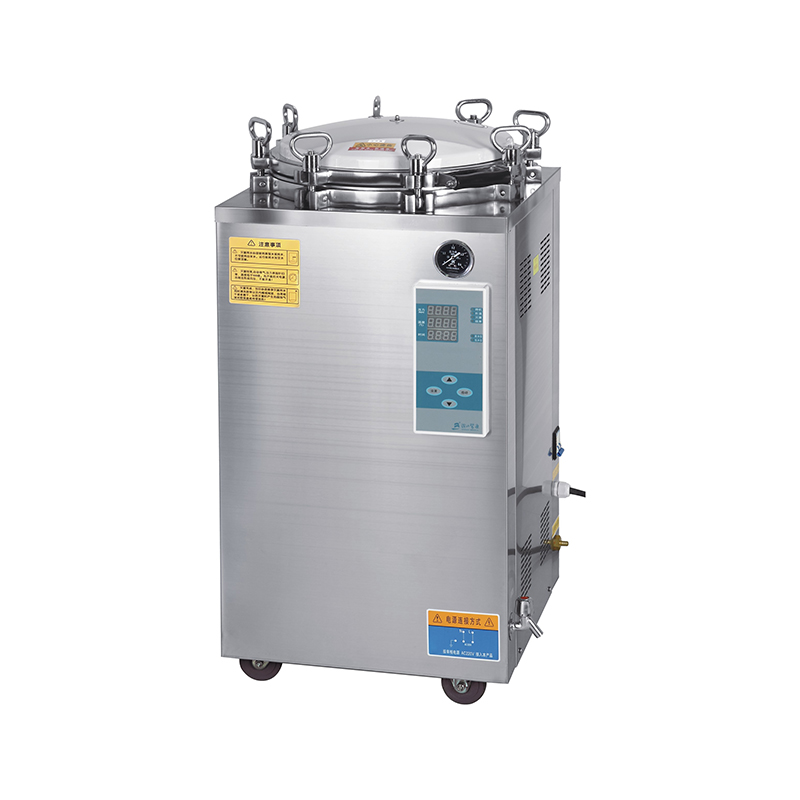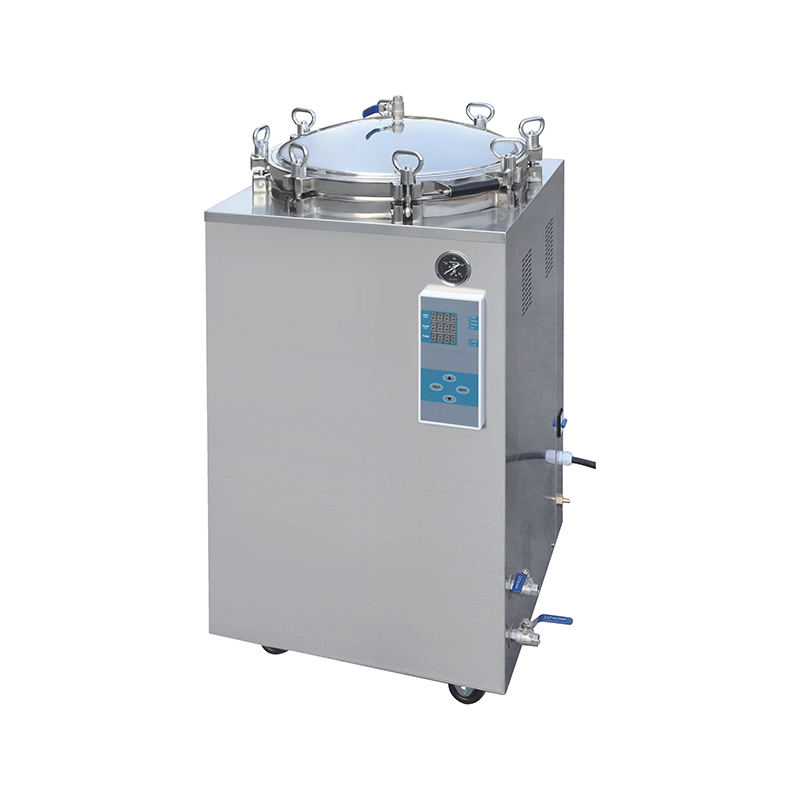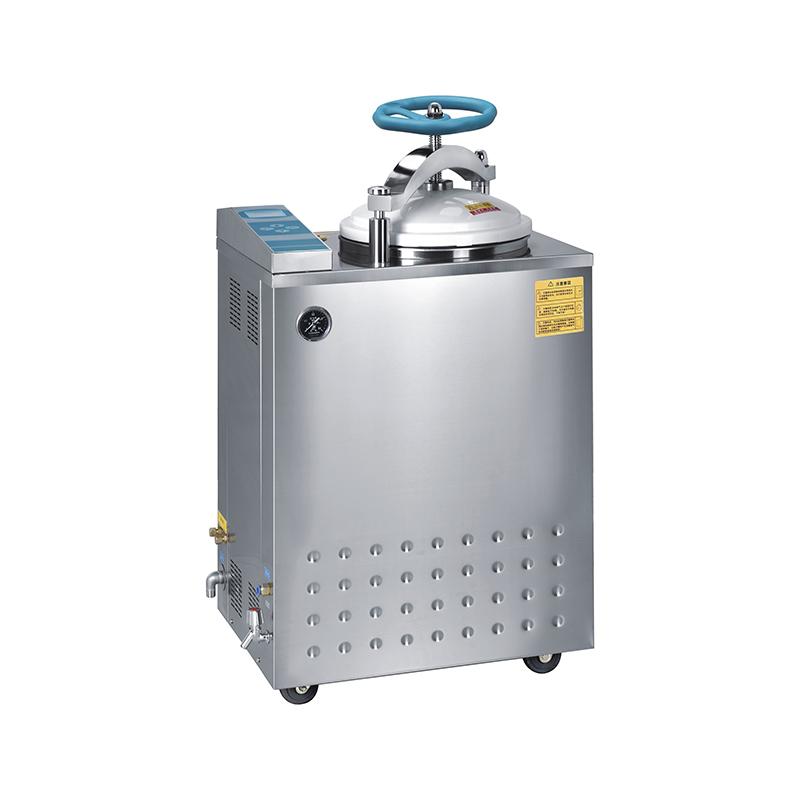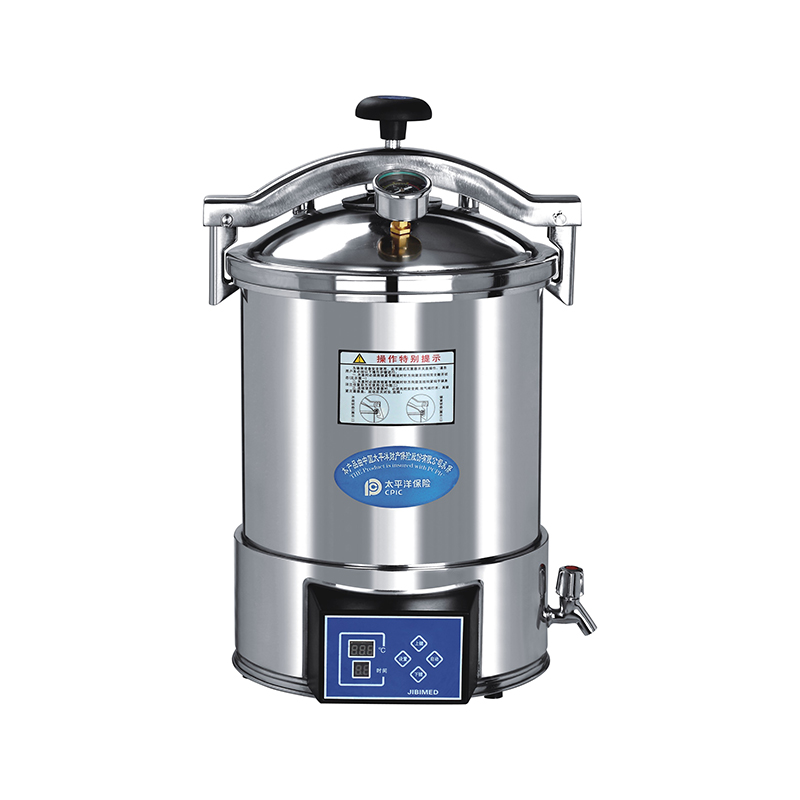Product Search
Exit Menu

Gamma vs. Plasma vs. Steam: A Technical Sterilization Guide
Posted by Admin | 20 Nov
Mechanisms and Efficacy of Gamma Irradiation Sterilisation
Gamma irradiation sterilisation is a physical sterilization method that utilizes high-energy gamma rays, typically emitted from radioisotopes such as Cobalt-60 or Cesium-137. Unlike thermal methods, this process relies on the ionizing energy of the photons to disrupt the DNA and RNA chains of microorganisms. When the gamma rays penetrate the product, they create free radicals that cause intracellular damage, effectively rendering bacteria, viruses, and spores incapable of reproduction. This method is renowned for its high penetration capability, allowing it to sterilize dense products and fully packaged pallets without the need to open the packaging, ensuring sterility is maintained until the point of use.
The cold nature of the process makes it a preferred choice for heat-sensitive materials, particularly single-use medical devices, sutures, and pharmaceutical containers. However, material compatibility is a critical consideration. While many polymers respond well, certain materials like PTFE (Teflon) or polypropylene can suffer from degradation, discoloration, or brittleness upon exposure to high doses of radiation. Therefore, manufacturers must validate the dosage carefully to balance sterility assurance levels (SAL) with material integrity.
Operational Dynamics of Gamma Radiation Sterilization Equipment
Gamma radiation sterilization equipment operates on an industrial scale and differs significantly from smaller, batch-based sterilization units found in hospitals. The core of the facility is the radiation shield, usually a massive concrete bunker, which houses the radioactive source rack. In a typical continuous processing setup, products are loaded onto totes or conveyor systems that circulate around the source rack. The equipment is designed to expose the product to the source from multiple angles to ensure a uniform dose distribution, minimizing the ratio between the maximum and minimum dose received by the product.
Process control in gamma facilities relies heavily on dosimetry rather than parametric release. Dosimeters are placed at specific locations within the product load to measure the absorbed radiation energy (measured in kGy). Modern equipment includes sophisticated control systems to regulate the cycle time and conveyor speed, which are the primary variables determining the radiation dose. Because the source decays over time (Cobalt-60 has a half-life of about 5.27 years), the exposure times must be periodically adjusted to maintain consistent sterilization parameters.
Gas Plasma Sterilization: The Low-Temperature Alternative
For instruments that cannot withstand the heat of steam or the long aeration times required by Ethylene Oxide (EtO), gas plasma sterilization has emerged as a vital technology. This process, often referred to as hydrogen peroxide gas plasma, involves vaporizing a precursor (usually hydrogen peroxide) and then applying radio-frequency (RF) or microwave energy to create a plasma state. The plasma generation creates a cloud of charged particles, including free radicals and ultraviolet light, which rapidly destroy microbial cell components through oxidation.
The primary advantage of plasma sterilization is its ability to operate at low temperatures (typically typically 40°C to 50°C) and low humidity. This environment is ideal for sophisticated medical equipment such as fiber-optic endoscopes, cameras, and power drills containing sensitive electronics. Furthermore, the byproducts of the reaction are non-toxic—primarily water vapor and oxygen—eliminating the need for lengthy aeration cycles and ensuring safety for healthcare workers.
Limitations of Plasma Systems
- It has limited penetration capability compared to gamma or EtO, making it unsuitable for long, narrow lumens with dead ends unless specific boosters are used.
- Cellulose-based materials (paper, linens) absorb the hydrogen peroxide, causing cycle cancellations; therefore, synthetic packaging like Tyvek is required.
- The chamber size is generally smaller than industrial gamma or steam autoclaves, limiting throughput for high-volume manufacturing.
Steam Sterilization: The Industry Gold Standard
Despite the advancements in radiation and chemical methods, steam sterilization (autoclaving) remains the most widely used and reliable method for heat-resistant and moisture-resistant items. The mechanism involves the use of saturated steam under pressure. The latent heat released when steam condenses on the cooler surface of the load causes the coagulation and denaturation of microbial proteins. To be effective, the steam must be "saturated" (holding the maximum amount of water vapor) and free of air pockets, as air acts as an insulator and prevents the steam from contacting the surface of the instruments.
Equipment for steam sterilization ranges from tabletop units to massive industrial walk-in autoclaves. Cycles are generally defined by temperature and time, with common standards being 121°C for 15-30 minutes or 134°C for 3-4 minutes (flash cycles). It is the most economical method, non-toxic, and capable of penetrating porous loads and wrapped surgical kits effectively. However, it is strictly incompatible with heat-sensitive plastics, electric components, and anhydrous oils or powders.
Comparative Analysis of Sterilization Modalities
Selecting the correct sterilization modality requires a technical assessment of the device's material composition, the packaging configuration, and the required throughput. The following table outlines the key operational distinctions between gamma, plasma, and steam methods.
| Feature | Gamma Irradiation | Gas Plasma | Steam (Autoclave) |
| Primary Agent | Ionizing Radiation (Cobalt-60) | H2O2 Vapor + RF Energy | Saturated Steam |
| Temperature Range | Ambient / Low | Low (~50°C) | High (121°C - 134°C) |
| Penetration Power | Excellent (High Density) | Low (Surface & Short Lumen) | Good (Porous Loads) |
| Cycle Duration | Continuous / Hours | Rapid (~45-75 mins) | Variable (30-60 mins) |
| Residuals | None | None (Water/Oxygen) | None (Water) |
Choosing Between In-House and Contract Sterilization
The decision to invest in sterilization equipment versus outsourcing depends heavily on the modality chosen. Steam sterilization and gas plasma sterilization units are compact enough for on-site installation in hospitals and smaller manufacturing labs. They offer "just-in-time" sterilization capabilities, allowing for rapid turnover of surgical instruments. The capital expenditure is moderate, and the infrastructure requirements (electricity, distilled water, venting) are manageable in standard facilities.
Conversely, gamma radiation sterilization equipment represents a massive capital investment requiring specialized bunkers, strict regulatory licensing (nuclear safety), and complex logistics. As a result, gamma sterilization is almost exclusively handled by large contract sterilization organizations (CSOs). Manufacturers ship palletized products to these facilities for processing. When choosing a method, companies must weigh the logistical costs and turnaround time of off-site gamma processing against the material compatibility issues that might force them to use on-site plasma or steam solutions.
MAIL US
CONTACT US
+86-510-86296768
 Privacy
Privacy
The information provided on this website is intended for use only in countries and jurisdictions outside of the People's Republic of China.
 Wholesal Pressure Steam Sterilizer Manufacturers
Wholesal Pressure Steam Sterilizer Manufacturers
 Privacy
Privacy


 English
English русский
русский Français
Français Español
Español bahasa Indonesia
bahasa Indonesia Deutsch
Deutsch عربى
عربى 中文简体
中文简体
